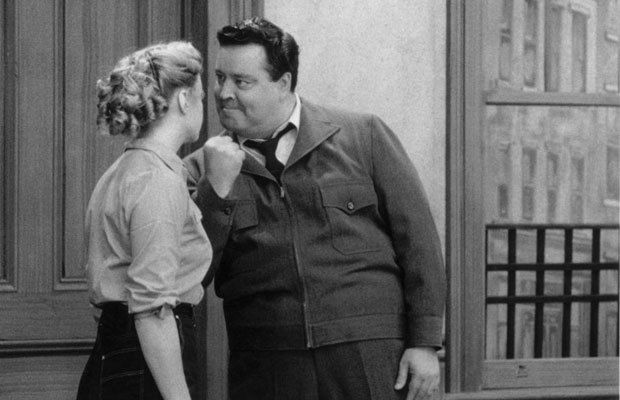davegardner0
Senior Member
- Messages
- 240
Well it's been a year and a half since I completed the SSB bass in my signature, and it's seen a fair bit of use. Unfortunately the shellac isn't holding up too well under gigging conditions, so now it has some finish damage in the forearm area.
I'm thinking of drop-filling and scuff-sanding the shellac, then finishing the whole body over top with nitro lacquer. I've completed some test pieces using Minwax spray can lacquer so far and they came out really well. But for the real deal I'm thinking maybe it would be better to use a Preval sprayer instead of the spray cans. (am i crazy?)
I've used a preval before spraying shellac to seal in aniline dye, and it worked really well. Plus I can use whatever lacquer, thinner, and retarder I'd like and have more control over the process in general. On the other side of the equation, I like the compactness of the whole system vs. a compressor and spray gun. The quick and easy cleanup is nice too.
So I'm wondering, has anyone here finished an instrument with a Preval? Any opinions or tips for spraying clear lacquer with one? For instance what sort of lacquer should I use? Also how should it be thinned to spray through the preval, and what thinner do you recommend?
Here's how the bass looks now, by the way.



I'm thinking of drop-filling and scuff-sanding the shellac, then finishing the whole body over top with nitro lacquer. I've completed some test pieces using Minwax spray can lacquer so far and they came out really well. But for the real deal I'm thinking maybe it would be better to use a Preval sprayer instead of the spray cans. (am i crazy?)
I've used a preval before spraying shellac to seal in aniline dye, and it worked really well. Plus I can use whatever lacquer, thinner, and retarder I'd like and have more control over the process in general. On the other side of the equation, I like the compactness of the whole system vs. a compressor and spray gun. The quick and easy cleanup is nice too.
So I'm wondering, has anyone here finished an instrument with a Preval? Any opinions or tips for spraying clear lacquer with one? For instance what sort of lacquer should I use? Also how should it be thinned to spray through the preval, and what thinner do you recommend?
Here's how the bass looks now, by the way.










